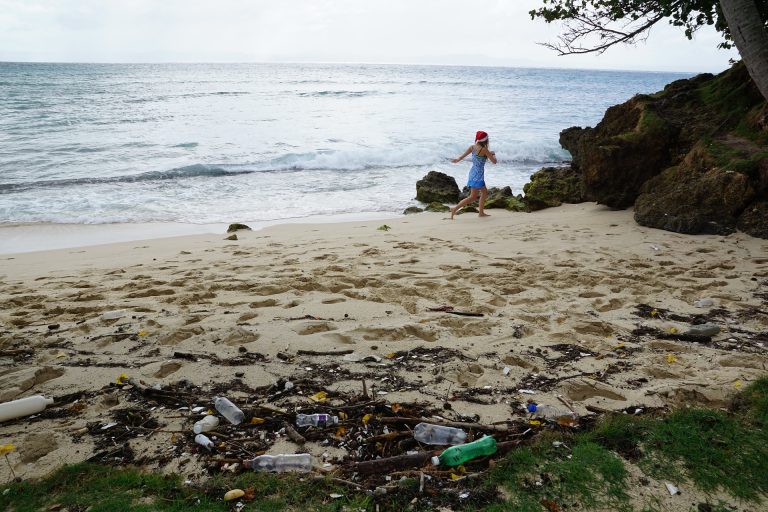
It´s not always easy to see where the river is running. Plastic bottles, dead animals and other trash is swimming on its surface. At some places it´s not possible to see the water surface. If you can take a glimpse at the water, you will see a colorful river due to the excessive amount of toxic chemicals being dumped into the river by 2.000 textile factories that operate on the river banks. In 2013, two Non-Profit organizations, the Blacksmith Institute in New York, as well as the Green Cross in Switzerland, ranked the Indonesian river as the worlds most polluted river after a study showed that textile factories dump 280 tons of toxic chemicals into the river – every day. On top of that 20.000 tons of waste is thrown into a river every day. Not surprisingly, nearly 60 percent of fish species have been destroyed since 2008. As a result local fishermen turned into „trashfishers“. They don´t longer live from fishing, but from collecting recycable plastics, glasbottles etc. Despite these extreme conditions, 25 million people use the Citarum River for agriculture and as their primary water supply.
On top of that, the Citarum is the primary source of water for the Jatiluhur Reservoir, which is Indonesia’s largest reservoir with a storage capacity of 3 billion cubic meters. The reservoir covers 80 percent of the water supply for the capital Jakarta, as well as 400.000 hectares of rice fields.
Yet the 2013 study by the Blacksmith Institute found that the level of lead in the Citarum River was 1.000 times worse tan the U.S. standards for drinking water. Since people are dependent on this polluted water, many suffer from skin diseases and infections, while the crops of farmers get damaged.
The Solution – Soldiers as garbage men
Citarum wasn´t always a dump. In the 1970s the river in tropical western Java was considered to be a paradise. But the economic boom pulled more and more people into the region, which led to a fast increase of the pollution. Mounting frustration about its condition has now prompted the government to step in. In February of 2018, President Joko “Jokowi” Widodo declared a seven-year cleaning program with the goal of making Citarum water drinkable by 2025. The International Monetary Fund (IMF) and the Asian Development Bank (ADB) committed to provide $500 million to fund the rehabilitation. The cleaning and reforestation project is led by the Indonesian Army that deployed 5.000 soldiers to undertake the cleaning together with local villagers. On top of the cleaning efforts, 125 million trees and shrubs will be planted in the immediate vicinity of the river and 22 recycling centers will be build.
However all efforts will be a waste, if the government isn´t able to crack down on polluting businesses.
Cleaning the River is good business
The World Bank has estimated that Indonesia will heavily benefit from cleaning the Citarum. The quality of drinking water will improve, crop yields will improve and the revitalized ecosystem will allow the volume of fish to increase again. On top of that the clean river water will make riverside property more attractive and water tourism and hotels can grow. The World Bank expects economic benefits of up to $280 million annually.
But as long as fishermen are only pulling garbage, rather than fish out of the river, these dreams won´t come true.
Click here to see more shocking pictures of the Citarum river (you will be redirected to Yahoo.com).



